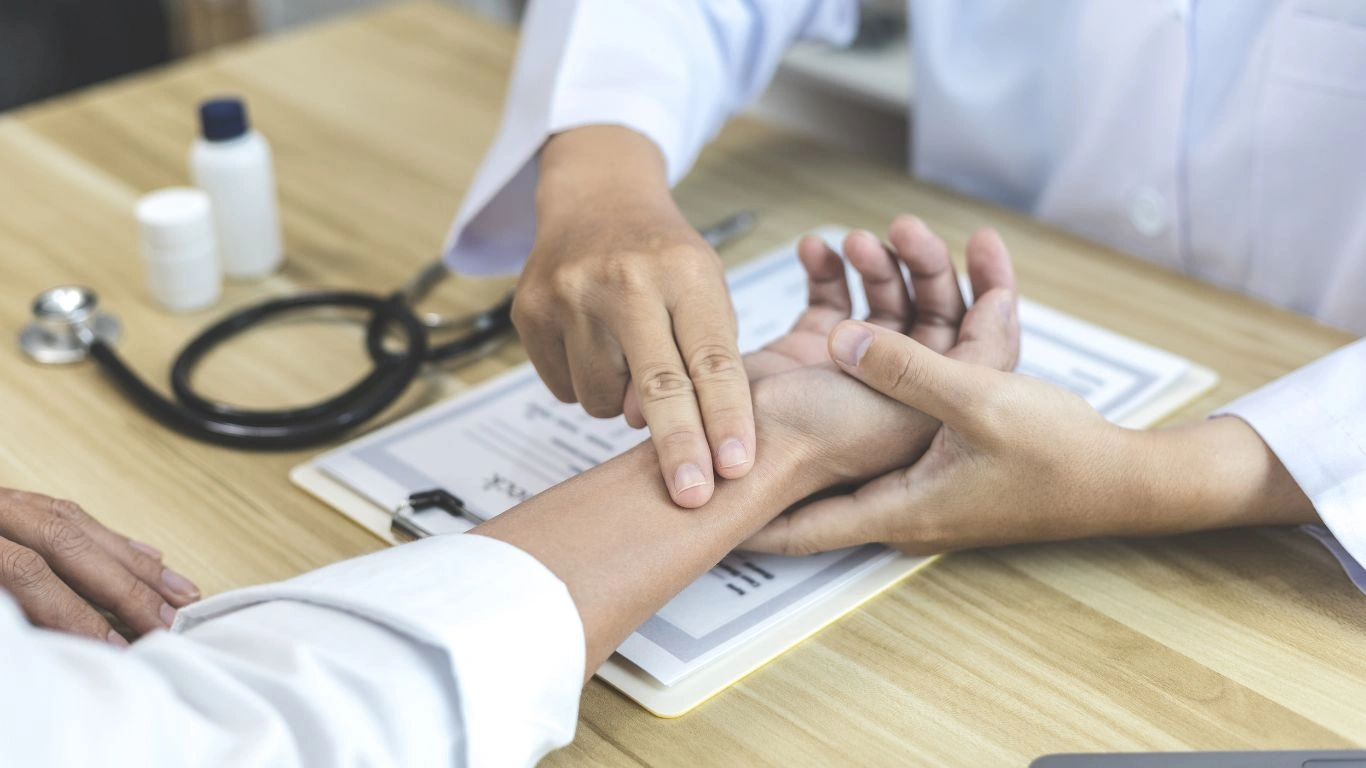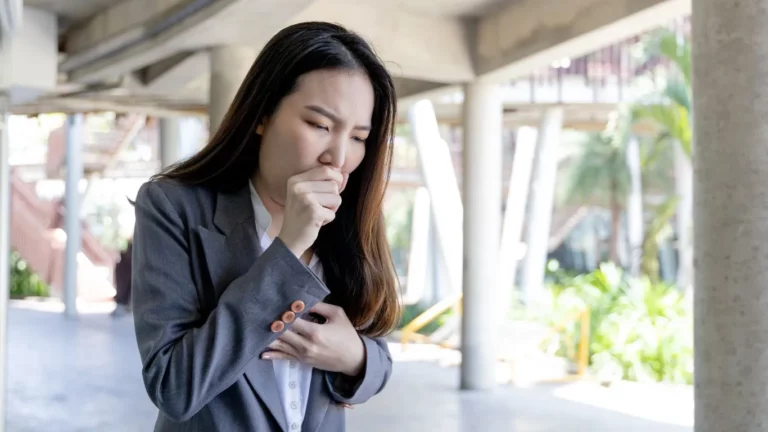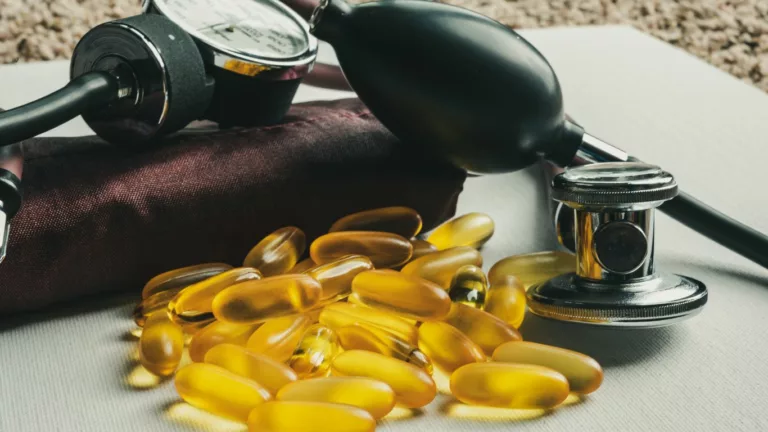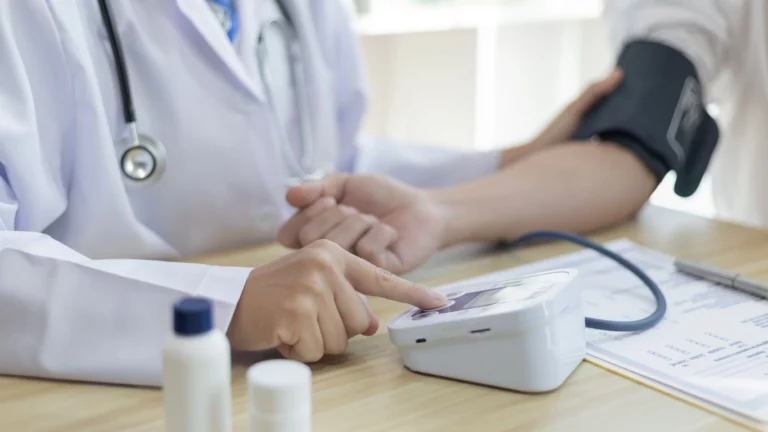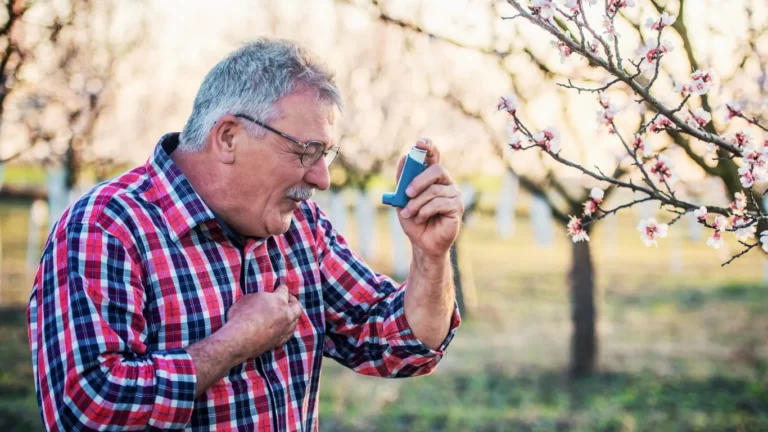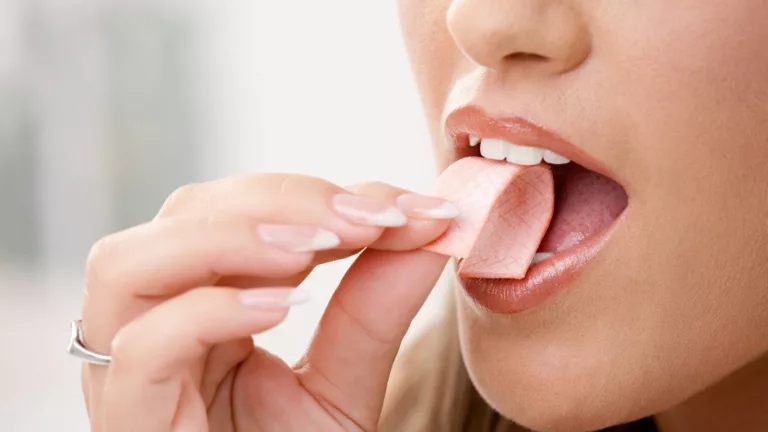Daily Hydration Targets for Blood Pressure Control 🥤💪
When it comes to maintaining healthy blood pressure, hydration often gets overlooked. But the truth is, drinking enough water daily is a simple yet powerful way to support your heart health. Proper hydration plays a crucial role in regulating blood pressure, and by sticking to daily hydration targets, you can help keep your blood pressure within a healthy range. In this post, we’ll dive into how hydration impacts blood pressure, set realistic hydration goals, and share tips for troubleshooting common issues. Let’s get started! 🌟
The Importance of Hydration for Blood Pressure Control 💧

Before we dive into numbers and targets, let’s first understand why hydration matters so much for blood pressure.
When you’re well-hydrated, your blood volume is stable, which means your heart can pump blood more efficiently. On the flip side, dehydration can lead to reduced blood volume, causing your heart to pump harder, which increases the strain on your cardiovascular system and can lead to higher blood pressure.
But it’s not just about drinking water. The right balance of electrolytes like sodium, potassium, and magnesium, which are affected by hydration levels, also plays a role in keeping blood pressure in check. So, proper hydration is essential for your heart to function optimally. ❤️
Setting Your Daily Hydration Targets 🚰
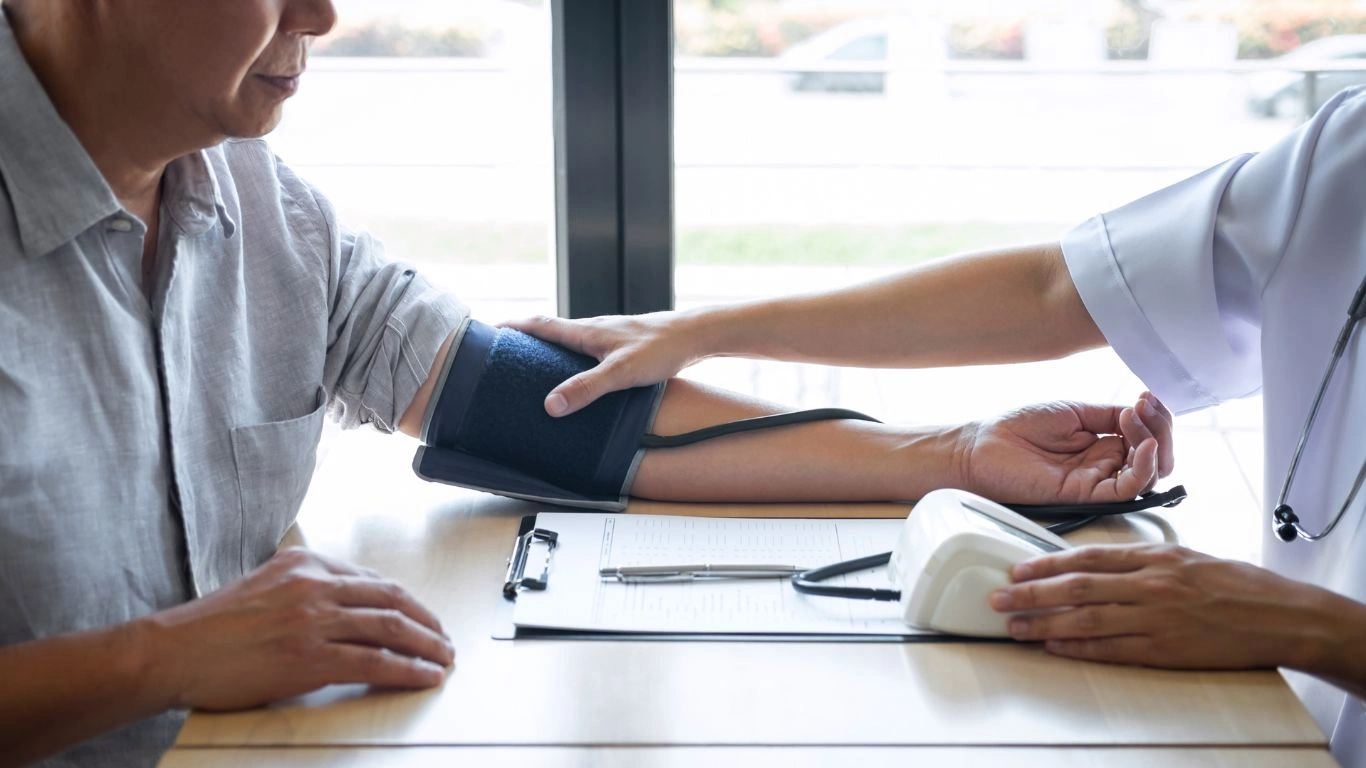
How Much Water Should You Drink for Blood Pressure Control? 🤔
When aiming for blood pressure control, hydration goals will vary depending on your lifestyle, climate, and overall health. But a general recommendation for adults is:
- Men: About 3.7 liters (125 ounces) of fluids per day
- Women: About 2.7 liters (91 ounces) of fluids per day
These amounts include water, beverages, and moisture from food, so you don’t have to get everything from just drinking plain water. Aim for a steady intake throughout the day to avoid any spikes or dips in hydration levels.
Adjusting Hydration Needs Based on Activity and Weather 🌞
If you’re working out, living in a hot climate, or simply sweating more than usual, you’ll need more water to compensate for fluid loss. In these situations, aim to drink an extra 1–2 cups of water to stay hydrated.
Troubleshooting Common Issues 🛠️

While staying hydrated sounds easy, many people run into issues when trying to hit their hydration targets. Here’s how to troubleshoot some common problems:
1. Forgetting to Drink Water
It’s easy to get caught up in the busyness of life and forget to drink enough water. A great way to stay on track is by setting reminders on your phone or using a water-tracking app. Some people also find it helpful to keep a water bottle on their desk or in their bag, making it easier to drink throughout the day.
2. Drinking Too Much Caffeine or Alcohol
Caffeine and alcohol are both diuretics, meaning they increase urine production and can lead to dehydration. If you’re trying to manage your blood pressure, it’s a good idea to limit these beverages and offset their effects by drinking more water.
3. Tasting Water Gets Boring
Not everyone loves the taste of water, and that’s okay! Try adding a slice of lemon, cucumber, or mint to your water for a refreshing twist. You can also try flavored water or herbal teas (unsweetened) to add variety.
Case Studies / Success Stories: Hydration & Blood Pressure Control 📈
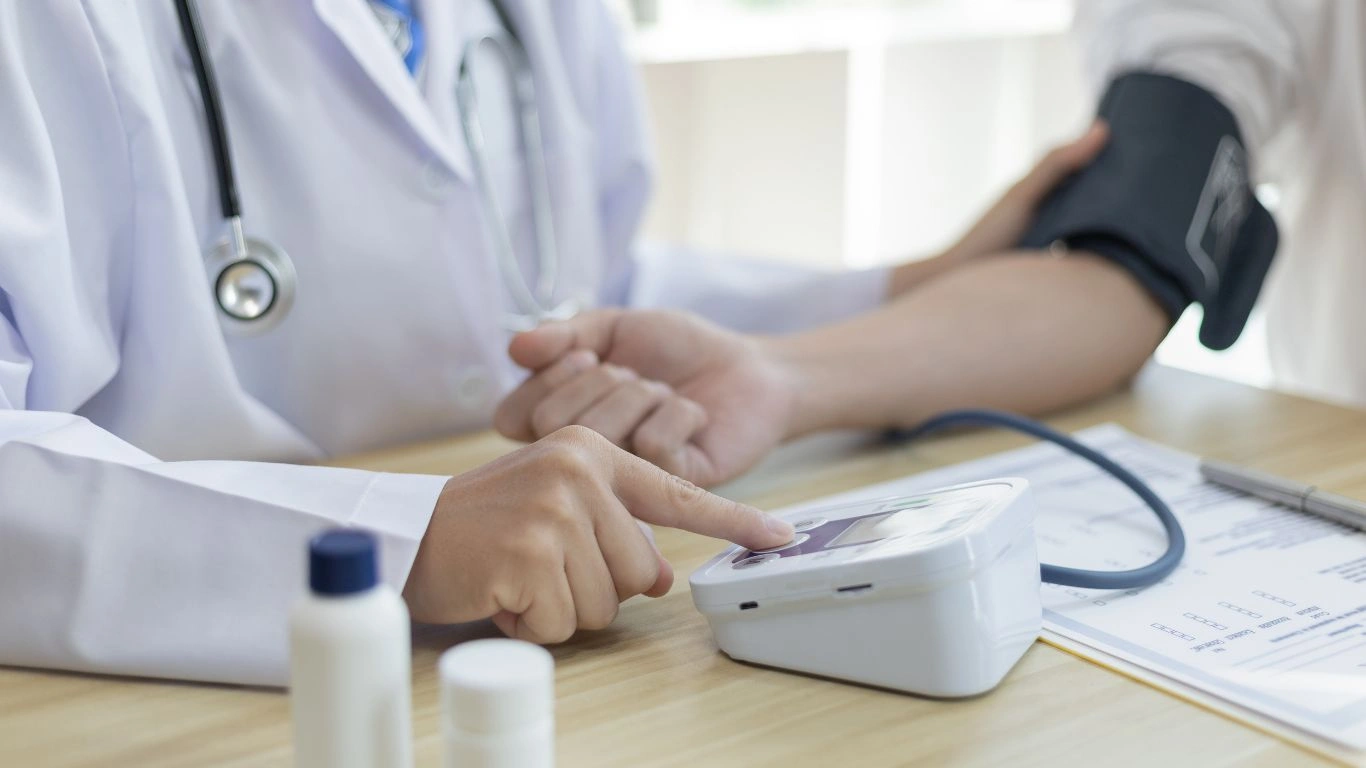
Case Study 1: Sarah’s Story
Sarah, a 45-year-old teacher, was recently diagnosed with high blood pressure. Her doctor recommended she focus on hydration, along with other lifestyle changes. Sarah set a goal to drink at least 2.5 liters of water daily. Within a few weeks, her blood pressure dropped by 8 points, and she felt more energetic. She believes staying hydrated made a huge difference in her overall health.
Case Study 2: John’s Journey
John, a 60-year-old office worker, had been struggling with hypertension for years. His doctor advised him to start tracking his daily fluid intake and to aim for 3 liters of water a day. After 3 months of consistent hydration, his blood pressure decreased from stage 2 hypertension to normal levels. John says that the change was “life-changing” and feels more confident about his health now.
Key Takeaways / Summary ✨
- Staying hydrated is a simple but powerful tool for controlling blood pressure.
- Aim for 2.7 liters of fluids for women and 3.7 liters for men, adjusting based on activity and weather.
- Hydration helps regulate blood volume, allowing your heart to pump blood efficiently.
- Troubleshoot common issues like forgetting to drink, caffeine overconsumption, and lack of variety in your hydration routine.
- Real-life success stories show how consistent hydration can significantly improve blood pressure levels.
FAQs ❓
1. Can I drink anything besides water?
Yep! Herbal teas, soups, and even water-rich fruits like watermelon count toward your hydration. Just try to limit sugary drinks and excessive caffeine or alcohol, since they can dehydrate you.
2. How long until I see results in my blood pressure?
It varies from person to person, but you might notice some changes in just a couple of weeks. If your blood pressure stays high, though, make sure to talk to your doctor about other options.
3. I don’t always feel thirsty—should I still drink more water?
Yes, even if you’re not thirsty, it’s a good idea to drink regularly. You don’t want to wait until you’re feeling dehydrated to start sipping, so try setting hydration goals throughout the day.
References 📚
Disclaimer 🚨
This blog post is just for informational purposes and not meant to replace medical advice. Always chat with your healthcare provider before making big changes to your routine or if you’re worried about your blood pressure.
Call to Action: Start Hydrating for Better Blood Pressure Today! 💧
Ready to make hydration a priority? Set a daily water goal and watch the positive changes in your health. And hey, if you found this helpful, share it with someone who might benefit too. Let’s all drink to better blood pressure! Cheers! 🥂
